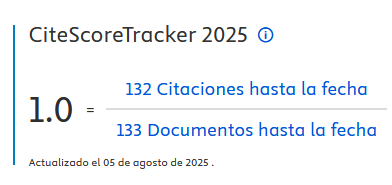The psychotherapist in the therapeutic process
DOI:
https://doi.org/10.33898/rdp.v31i116.409Keywords:
psychotherapist, therapeutic process, therapeutic alliance, therapist's personal styleAbstract
The psychotherapist is one of the protagonists in the therapeutic process. There are many efforts aimed at studying the factors that influence the establishment of a good therapeutic Alliance between therapist and patient that allows achieving a good psychotherapeutic outcome. This paper delves into the characteristics, abilities and actions of the psychotherapist in the context of the of the psychotherapeutic process. Some principles and challenges are proposed to contribute and promote continuous improvement in our professional practice as psychotherapists.
Downloads
Downloads
Published
How to Cite
Issue
Section
License
Authors who publish in this journal accept the following conditions:
-
Authors retain copyright and grant the journal the right of first publication, with the work registered under the Creative Commons CC-BY-NC 4.0 International license. This license allows third parties to cite the text and use it without alteration and for non-commercial purposes, provided they credit the authorship of the work and its first publication in this journal.
-
Authors may enter into other independent and additional contractual agreements for the non-exclusive distribution of the version of the article published in this journal (e.g., including it in an institutional repository or publishing it in a book), provided they clearly indicate that the work was first published in this journal.
-
The views expressed in the articles are solely the responsibility of the authors and in no case do they reflect the opinions or scientific policies of the journal.















